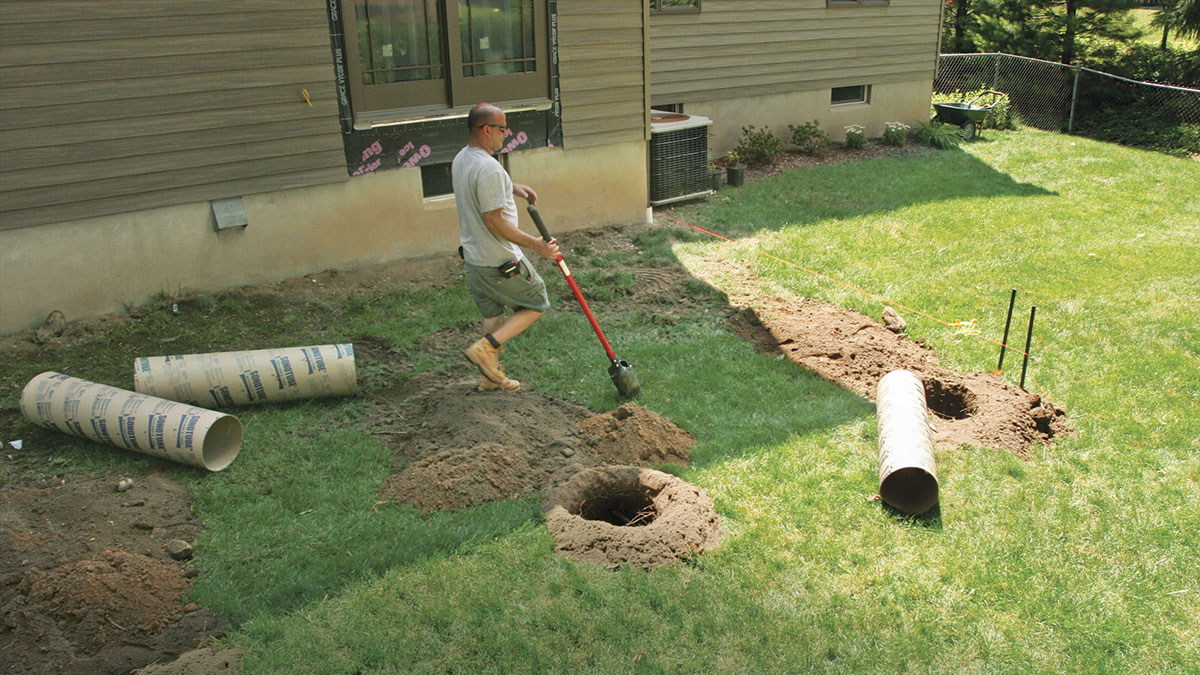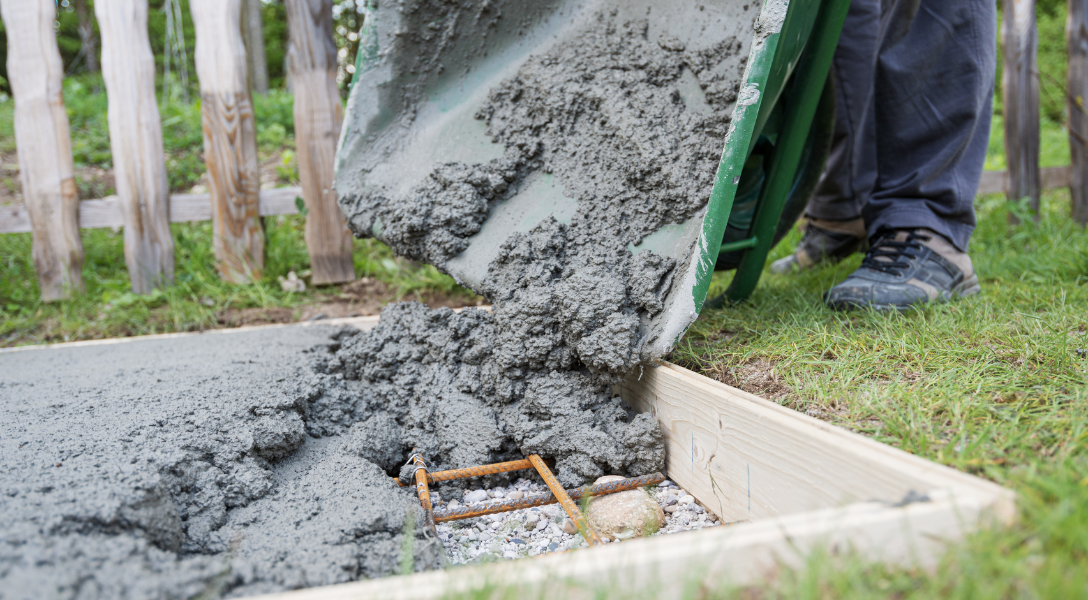Selecting the Right Deck Footings for Stability and Toughness
The longevity and security of your deck depend greatly on the kind of grounds you pick, as they offer the essential support and stability to withstand the test of time. In this conversation, we will check out the numerous types of deck footings, consider the crucial variables to consider when making a decision, and dive right into the pros and cons of various options.
Kinds Of Deck Footings
These grounds consist of a round opening filled up with concrete, which supplies a strong foundation for the deck messages. Concrete pier footings are reasonably easy to set up and use exceptional security, making them a popular selection for many deck projects.
These grounds are mounted by screwing them right into the ground, which develops a safe foundation for the deck. They also allow for simple change and progressing of the deck if needed.
Conversely, some building contractors go with precast concrete grounds. These footings are made from resilient concrete and be available in various sizes and shapes to fit different deck styles. Precast concrete footings are practical to mount and provide a secure base for the deck structure.
Lastly, another choice is the post-in-anchor ground system. This sort of ground includes driving a metal anchor right into the ground and affixing it to the deck post. It supplies flexibility in regards to placing the deck blog posts and appropriates for decks with lightweight frameworks.
When selecting the best kind of deck footing, it is important to think about factors such as dirt conditions, deck load, and neighborhood building codes (Deck Footings). Consulting with a specialist contractor or architectural designer can aid ensure the proper footing is picked for a stable and secure deck
Aspects to Think About When Selecting Footings
When picking the suitable grounds for a deck, it is essential to meticulously take into consideration various elements such as soil problems, deck lots, and adherence to neighborhood building regulations. These variables play a considerable role in guaranteeing the security and resilience of the deck framework.
One of the main factors to think about is the dirt problems. The kind of dirt on which the deck will be constructed figures out the kind of grounds required. Decks constructed on sandy or loosened soils might require deeper grounds to offer sufficient support and avoid settling. On the various other hand, decks improved clay or expansive soils might need footings that can accommodate the dirt's tendency to expand and agreement.
Another crucial aspect is the deck lots. The weight of the deck, consisting of the materials used and any potential online loads such as furnishings or events, must be thought about when choosing footings. The footings have to be created to birth the weight of the deck and distribute it equally to avoid any structural concerns or failures.
Lastly, adherence to local building regulations is paramount. Structure codes differ from region to region, and it is necessary to follow the details demands set by the local authorities. Deck Footings. These codes guarantee that the deck is constructed safely and fulfills the needed criteria for structural integrity and load-bearing capability
Concrete Footings: Pros and Cons

Concrete footings supply numerous benefits and negative aspects when utilized as the foundation for a deck. On the positive side, concrete footings give outstanding security and longevity.
Another advantage of concrete grounds is their adaptability. They can be poured right into various forms and dimensions to accommodate various deck layouts and configurations. Concrete footings can be personalized to fit the specific demands and demands of the deck structure.
Nevertheless, there are likewise some disadvantages to making use of concrete grounds. One major downside is the expense and labor associated with their setup. Concrete footings call for excavation and usually require the aid of heavy equipment. This can raise the general expense of the deck task and may need professional support.

Helical Piers Vs. Sonotubes: Which Is Much better?
In taking into consideration the foundation choices for a deck, the comparison in between helical piers and sonotubes is essential in establishing the superior option. They are twisted into the ground using hydraulic equipment, supplying a steady and resilient find out this here structure for the deck.
The helical plates on the piers create a solid grasp with the soil, stopping any kind of motion or moving of the deck. Sonotubes, on the other hand, count entirely on the concrete loading for stability, which might not offer the same degree of strength and resistance.
In regards to installment, helical piers are fairly simpler and faster to set up contrasted to sonotubes. The hydraulic equipment made use of to twist the piers into the ground guarantees a effective and fast process. Sonotubes, on the other hand, call for excavating holes and putting concrete, which can be labor-intensive and taxing.
Furthermore, helical piers are a more flexible alternative. If required, they can be utilized in various soil problems and can be changed or reinforced. Sonotubes, on the various other hand, may need extra support, such as rebar, in particular soil problems or areas with high tons requirements.
Selecting the Right Footings for Your Deck's Measurements
For optimum structural integrity, it is vital to carefully pick the suitable footings that straighten with the dimensions of your deck. The measurements of your deck, including its length, width, and height, play a substantial role in establishing the kind and dimension of grounds required.
When selecting grounds for your deck, it is very important to take into consideration the load-bearing ability of the dirt. The weight of the deck, integrated with the weight of any furniture or individuals on it, puts in a substantial force on the grounds (Deck Footings). It is essential to select grounds that can appropriately sustain this weight without sinking or shifting over time.
Bigger decks with higher measurements require bigger grounds to supply sufficient stability and assistance. The form of the grounds, whether they are square or round, depends on the style and design of the deck.
Verdict
In verdict, choosing the visit the website ideal deck grounds is essential for making sure security and durability. Aspects such as the kind of grounds, the deck's dimensions, and the pros and cons of different alternatives ought to be taken into consideration.
These grounds consist of a round opening filled with concrete, which offers a solid foundation for the deck messages. Concrete pier grounds are reasonably simple to mount and use superb stability, making them a preferred option for several deck jobs.
Precast concrete footings are practical to mount and supply a secure base for the deck structure.
It uses flexibility in terms of placing the deck messages and is suitable for decks with lightweight frameworks.
Concrete grounds provide a number of benefits and disadvantages when used as the structure for a deck.